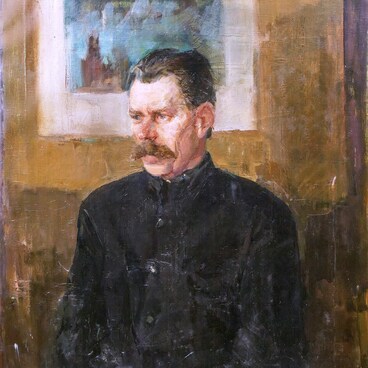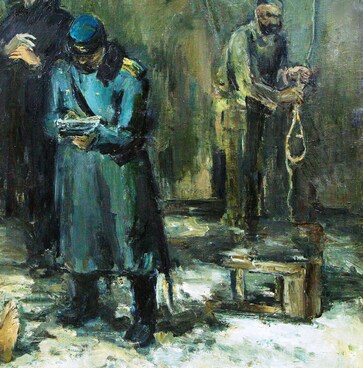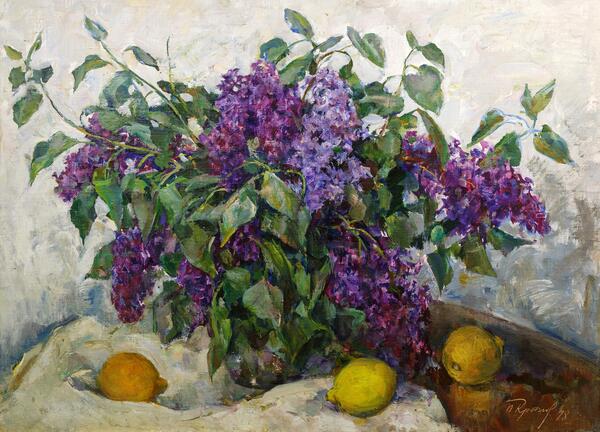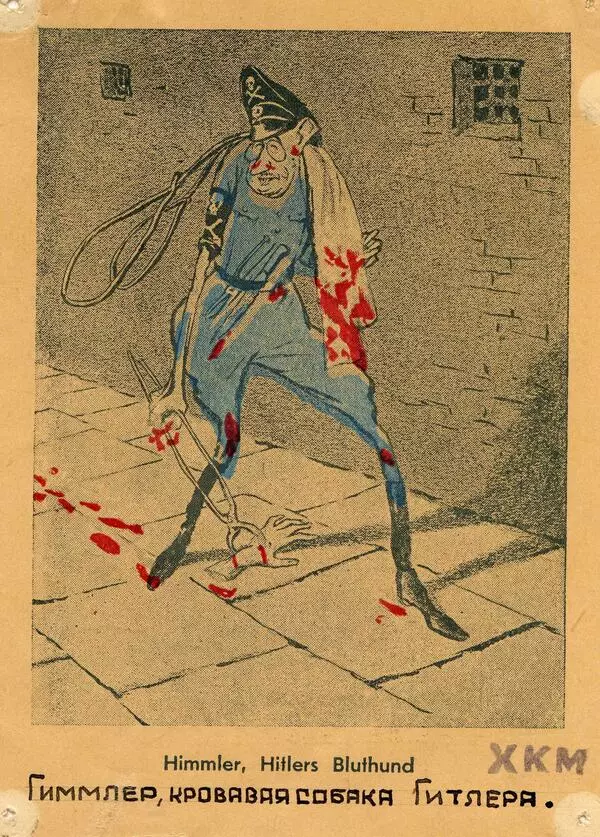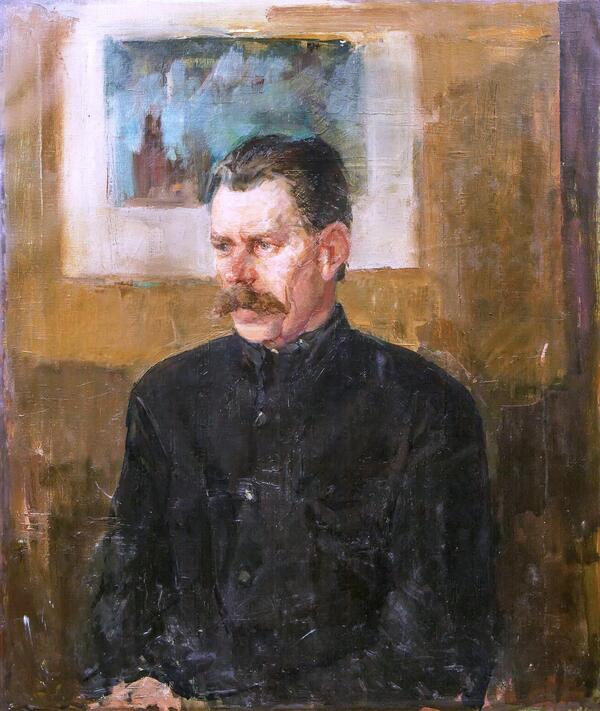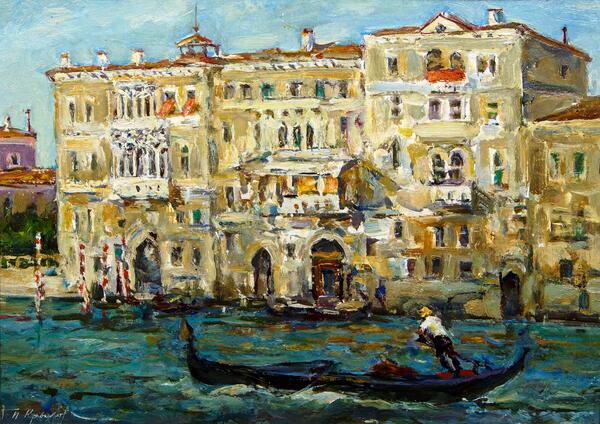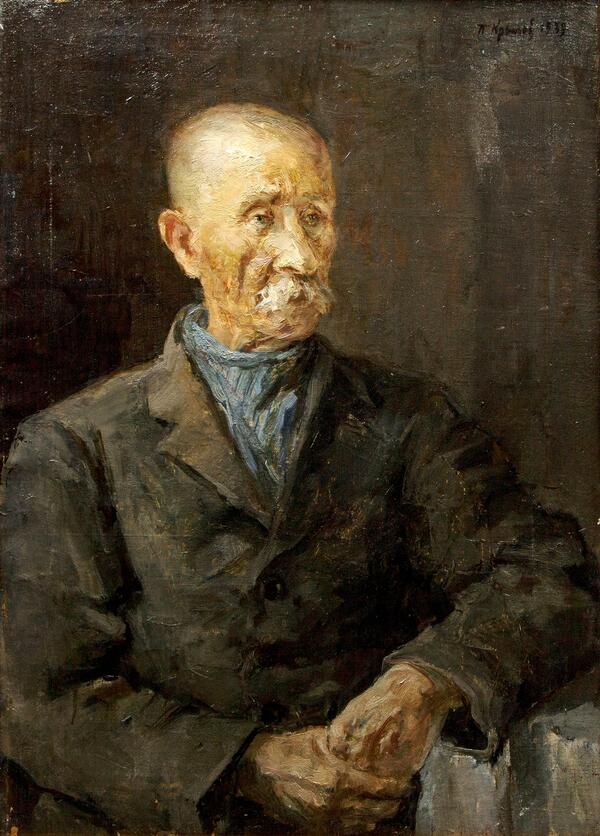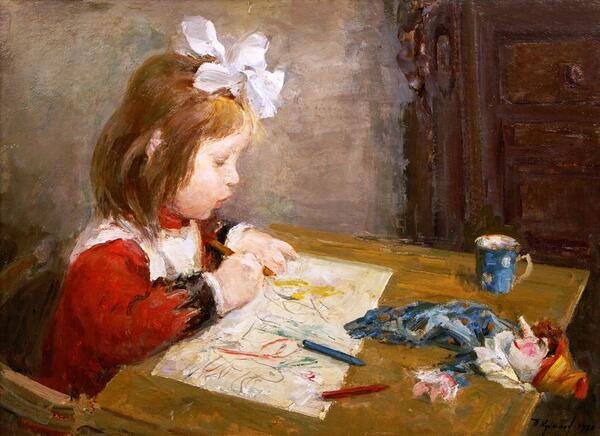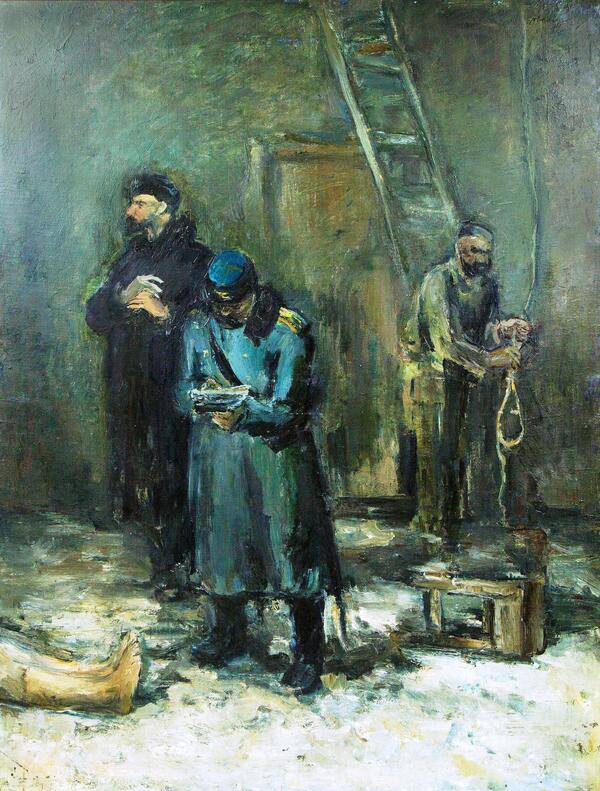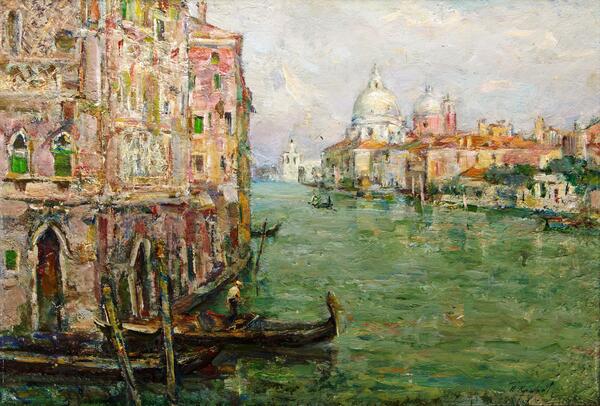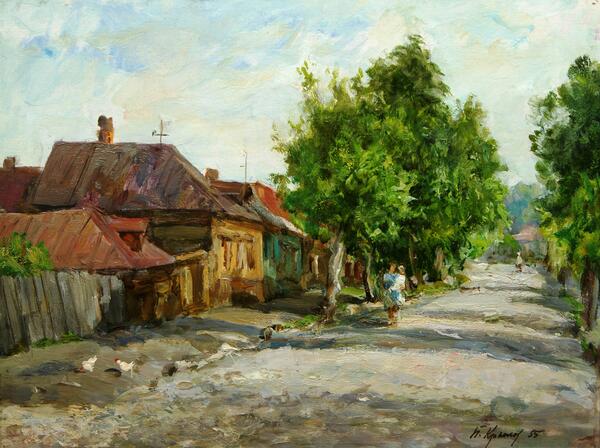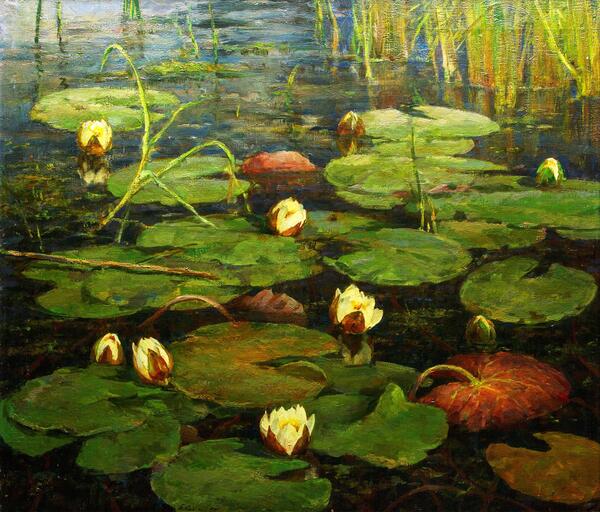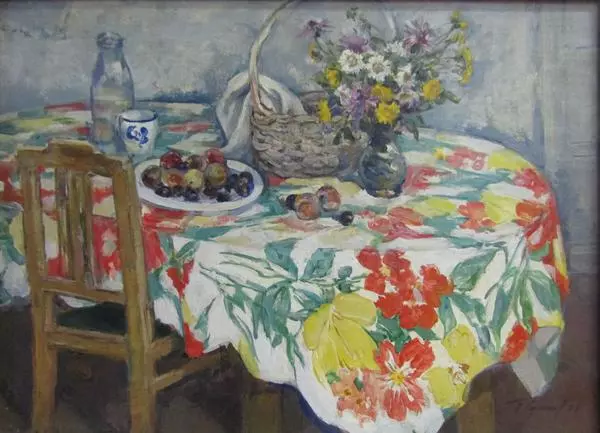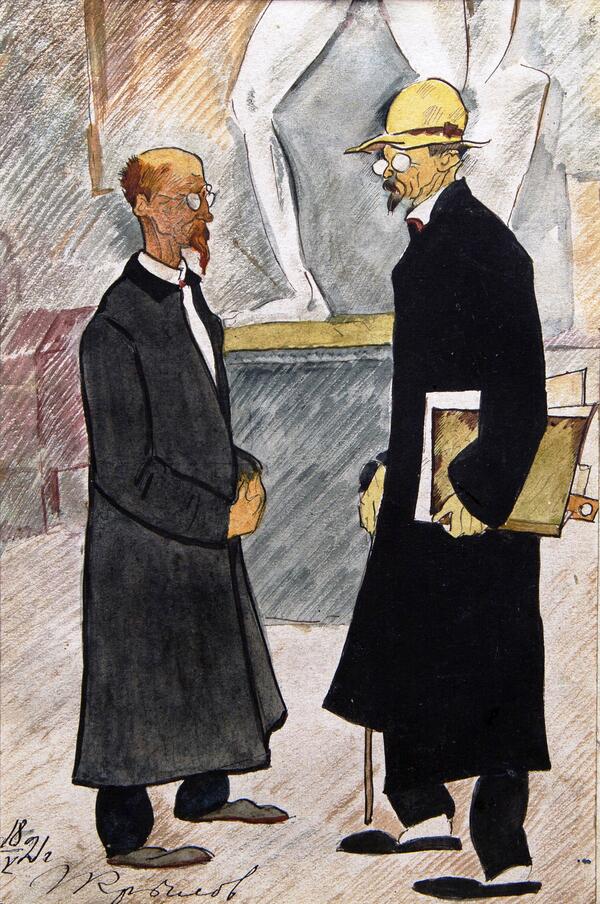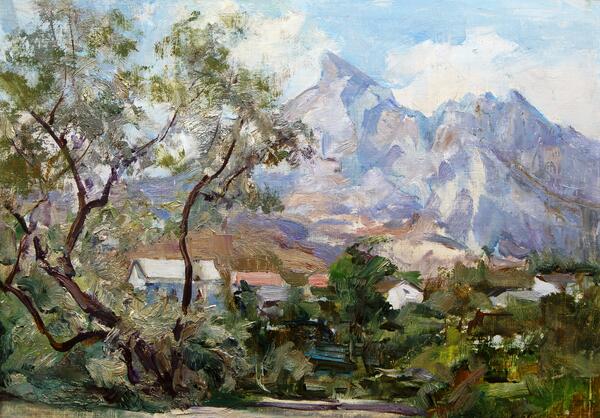The Soviet graphic artist and painter, member of the Russian Academy of Arts, member of the Kukryniksy artistic group and winner of five Stalin Prizes Porfiry Krylov recalled:
Vkhutemas Dorm Room
In 1921, I went to Moscow on behalf of the Tula branch of the Union of Metalworkers to continue my education. I packed my folder with drawings and watercolors, and went to the capital to enroll in the painting department of Vkhutemas.
Vkhutemas or Higher Art and Technical Workshops was opened in Moscow and St. Petersburg after the October Revolution. There, nineteen-year-old Porfiry Krylov met fellow students Mikhail Kupriyanov and Nikolai Sokolov. Working for the wall newspaper brought the young artists together and they decided to use a common alias. This is how a unique artistic group was formed. The Kukryniksy existed for more than half a century, they were known all over the world and went down into the history of fine art.
In the book of memoirs
of the Kukryniksy “The Three Of Us”, in the chapter “Kry”, Porfiry Krylov tells
the story of how he met Kupriyanov and Sokolov:
Shortly after entering Vkhutemas somebody showed me Misha Kupriyanov, a student who was then in charge of the satire and humor section of the institute’s wall newspaper. He passed by me, or rather glided by. I remember a tall figure with a magnificent ‘artistic’ head of hair, in a greatcoat and legwraps… Having made friends with Kupriyanov, we began making cartoons not only for the wall newspaper, but also for trade union magazines. Kolya Sokolov joined us in 1923. He was a very young boy at that time — very blond and very shy. That’s how our team came into being.
And this is how Nikolai Sokolov recalls his first impressions of Krylov:
I really got to know the Kukrys [Kupriyanov and Krylov] only after I achieved my greatest goal: I received permission to move to a student dormitory on Myasnitskaya Street… And then I noticed that whenever I went into the dorm room where Krylov lived with three of his colleagues, I always found him with a brush in his hand, arched over a sketchbook or easel. Even when talking to someone, he would draw something beautiful on a piece of paper: flowers, landscapes or people. There was almost always some kind of still life in the room or a backdrop made of cloth for making portraits. One would think that Krylov’s right hand had six fingers, with the sixth one being the brush.

